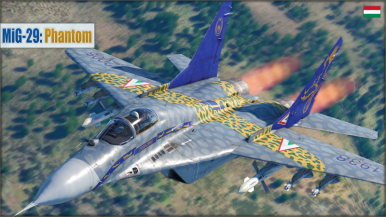
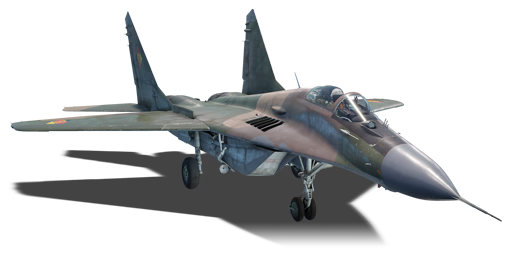



During the 1980s, the East German Air Force acquired 24 examples of the Soviet MiG-29 fighter. The specific model they acquired was the 9.12 chassis variant, lacking the upgraded fuel capacity of the 9.13 model, among other technological downgrades for export usage. These MiG-29s would be the most advanced aircraft ever operated by the East German air force, as only a few years later, Germany would be re-unified. All 24 of the East German MiG-29s would be passed on to the Luftwaffe, who used them in service for over a decade after that due to their incredible performance, a rare move as a majority of the East German Soviet-built aircraft passed on to the Luftwaffe after reunification were either sold or retired almost instantly. This would prove to be vital in NATO aircraft and weapon development, as up until that point, the MiG-29 was heavily underestimated by the Western air forces. This would all change in 1994, when a dissimilar air combat training between USAF F-16As of the 510th Fighter Squadron and Luftwaffe MiG-29s took place in a NATO airbase in Aviano, Italy. After an overwhelming victory from the German MiG-29s, the USA and the rest of the NATO countries realized that they had underestimated the MiG-29's superb performance, and quickly kickstarted development of aircraft upgrade variants (F-16C, Rafale-C, etc.) to match the MiG-29. The German MiG-29s would serve well with the Luftwaffe for over a decade with only a single aircraft lost to accidents, before being sold off in 2003 in one of the most famous arms deals in recent history, where 22 of the German MiG-29s were sold to Poland for the comical price of 1€ each (22€ total for the fleet, $26.02 USD at the time of the deal). The final remaining German MiG-29 was touched-up and restored to be displayed at the Luftwaffenmuseum der Bundeswehr in Berlin, becoming the only surviving German MiG-29 in a German livery today.
The MiG-29 (Germany) is a 4th generation fighter for the German tech tree, introduced in Update "Sky Guardians". The MiG-29 9-12A (NATO reporting name: Fulcrum-A) is a specialized export variant of the MiG-29 9.12 for Warsaw Pact countries. Building upon dogfighting doctrine established with the earlier MiG-21MF and MiG-21bis-SAU in the tech tree, and the advanced weapon employment techniques learned with the MiG-23MLA that precedes it, the MiG-29 not only builds upon the playstyles of its predecessors, but adds on to it with many new tools and weapons, such as the powerful R-27ER1 missile and a HMD (Helmet Mounted Display) targeting system for its all-aspect IR missiles. In general, the MiG-29 in the German tech tree brings a formidable aircraft to that rank for Germany players, and ends up being an overall great introduction to the 4th generation fighter era for players of the German aircraft tech tree.
flaps
flaps
flaps
brake
| Belt | Belt filling | Armor penetration (mm) at a distance: | |||||
|---|---|---|---|---|---|---|---|
| 10 m | 100 m | 500 m | 1000 m | 1500 m | 2000 m | ||
| AP-T/HEF-I | 55 | 53 | 45 | 37 | 31 | 25 | |
| AP-T/HEF-I/APHE/HEF-I | 55 | 53 | 45 | 37 | 31 | 25 | |
| AP-T/APHE | 55 | 53 | 45 | 37 | 31 | 25 | |
| AP-T/HEF-I/HEF-I | 55 | 53 | 45 | 37 | 31 | 25 | |
| APHE/HEF-I/HEF-I | 42 | 40 | 34 | 28 | 23 | 19 | |
| Name | Weight | Slot | ||||||
|---|---|---|---|---|---|---|---|---|
| 43.5 kg |  |  |  |  |  |  | ||
| 44 kg |  |  |  |  |  |  | ||
| 20 × | 376 kg |  |  |  |  | |||
| 235 kg |  |  |  |  | ||||
| 4 × | 456 kg |  |  |  |  | |||
| 227 kg |  |  |  |  | ||||
| 2 × | 454 kg |  |  |  |  | |||
| 236 kg |  |  |  |  | ||||
| 2 × | 472 kg | 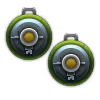 |  |  |  | |||
| 275 kg |  |  |  |  | ||||
| 2 × | 550 kg |  |  |  |  | |||
| 515 kg |  |  |  |  | ||||
| 508.3 kg |  |  |  |  | ||||
| 478 kg |  |  |  |  | ||||
| 374 kg |  |  |  |  | ||||
| 253 kg | 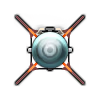 |  | ||||||
| 350 kg |  |  | ||||||
| 245.5 kg | 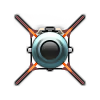 |  | ||||||
| 2 × | 1,030 kg |  |  | |||||
| 2 × | 1,016.6 kg | 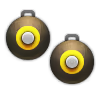 |  | |||||
| 2 × | 956 kg | 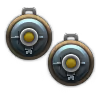 |  | |||||
| Drop tank (1520 liters.) | 116 kg |  | ||||||












Flight performance | |
|---|---|
Survivability |
|---|
Weaponry | |||
|---|---|---|---|
